NASA Astronomy Picture of the Day 17 February 2023: Asteroid 2023 CX1 turns into a fireball
NASA’s Astronomy Picture of the Day is a snapshot of Asteroid 2023 CX1 as it turned into a fireball over the over European regions of France and others.
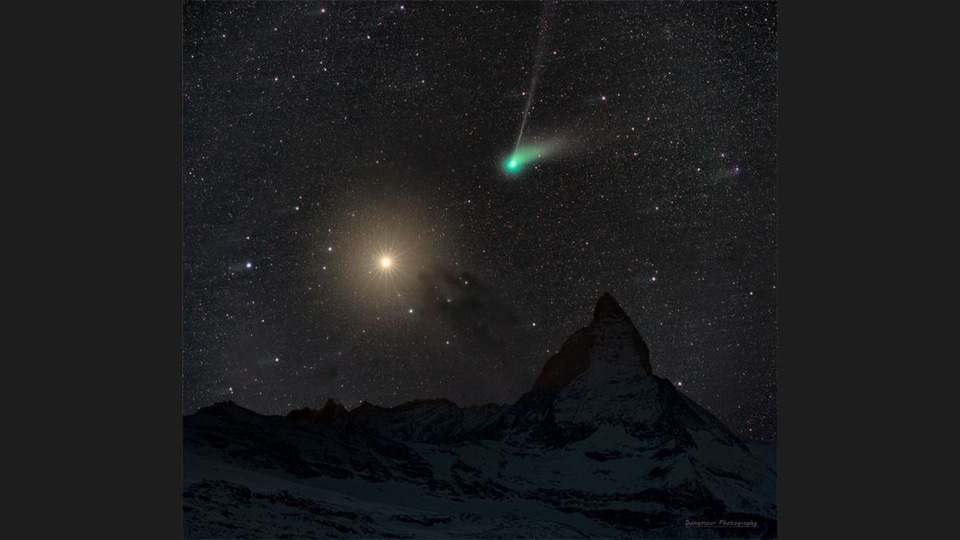
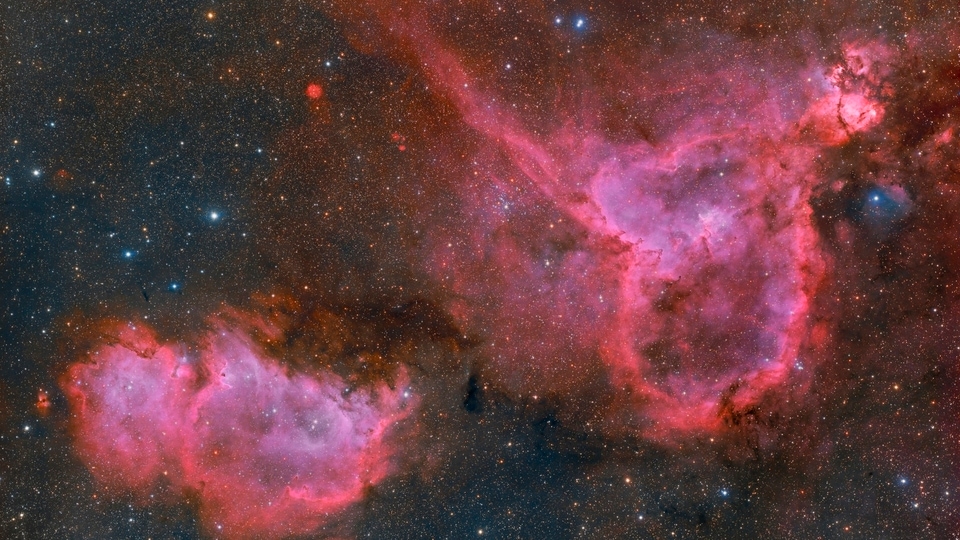
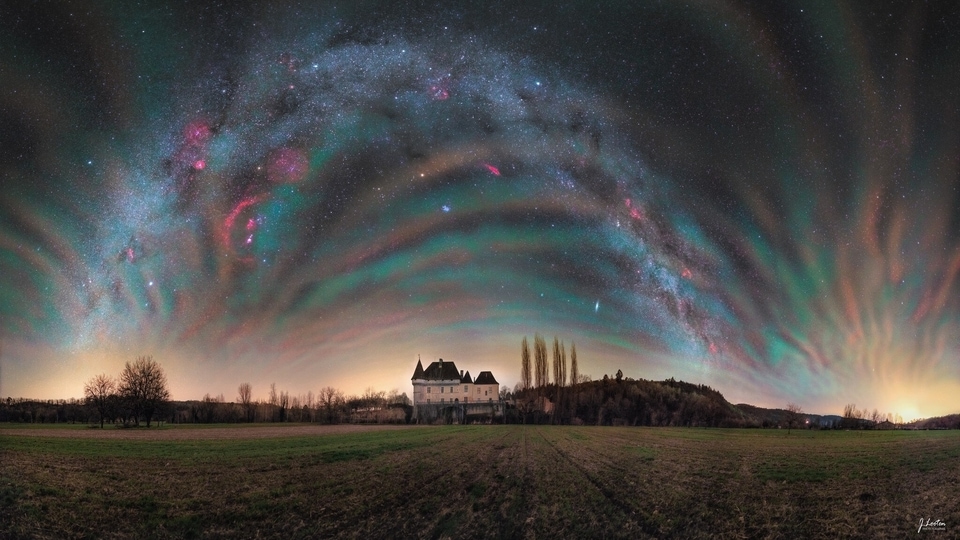

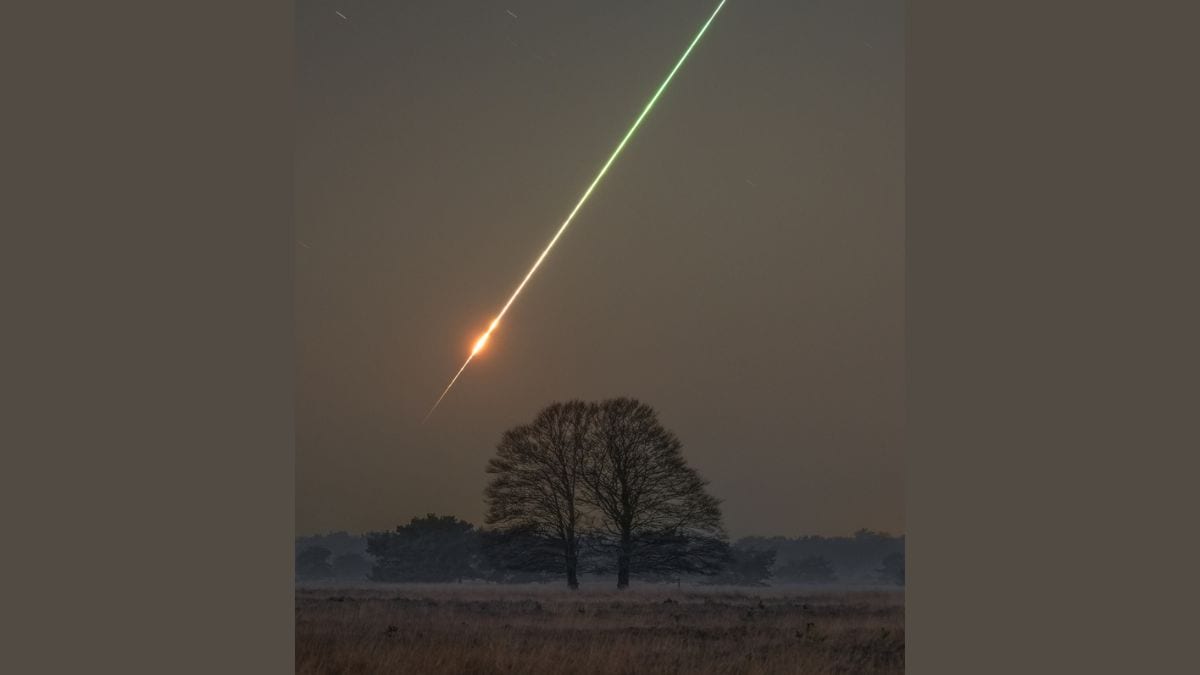
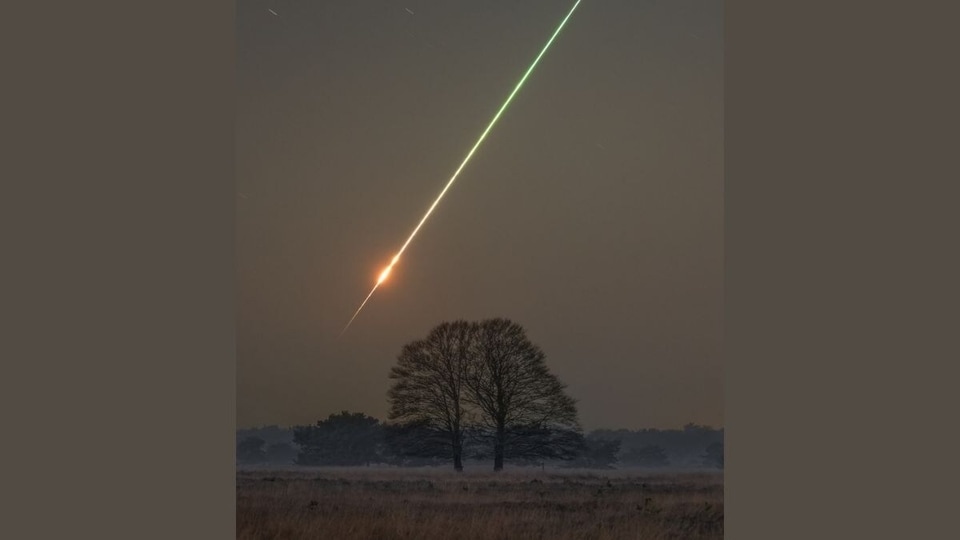
 View all Images
View all ImagesAlthough asteroids rarely come close enough that they pose a potential danger of impacting Earth, this recent asteroid certainly came close. Just recently, a 3.2 feet wide asteroid turned into a fireball over the European skies where it was captured by astronomers and skywatchers. It was first discovered by Krisztian Sarneczky with a 2-foot telescope at Konkoly Observatory's Piszkesteto Station, located about 100 kilometers (about 62.14 mi) northeast of Budapest. The information was then passed to the European Space Agency (ESA) hours before the impact.
NASA's Astronomy Picture of the Day is a snapshot of the same asteroid which fell into the atmosphere on February 12 around 10 p.m. EST. According to ESA, it is only the 7th time that an asteroid impact has been predicted with the previous prediction also made by Sarneczky. As it entered the atmosphere, the asteroid, named SAR 2667 or Asteroid 2023 CX1, lit up the skies over European regions of France and others. It was first captured by Sarneczky just 7 hours before impact on February 12, around 20:18:07 UTC.
The picture was captured by Gijs de Reijke, a Dutch geography teacher and landscape photographer. Shockingly, this asteroid made a close approach to Earth almost exactly a decade after the Chelyabinsk asteroid crashed into the city of Chelyabinsk in Russia and caused millions in damage, leaving over 1400 people injured on 15 February 2013.
NASA's description of the picture
While scanning the skies for near earth objects Hungarian astronomer Krisztián Sárneczky first imaged the meter-sized space rock now cataloged as 2023 CX1 on 12 February 2023 at 20:18:07 UTC. That was about 7 hours before it impacted planet Earth's atmosphere. Its predicted trajectory created a rare opportunity for meteor observers and a last-minute plan resulted in this spectacular image of the fireball, captured from the Netherlands as 2023 CX1 vaporized and broke up over northern France.
Remarkably it was Sarneczky's second discovery of an impacting asteroid, while 2023 CX1 is only the seventh asteroid to be detected before being successfully predicted to impact Earth. It has recently become the third such object from which meteorites have been recovered. This fireball was witnessed almost 10 years to the day following the infamous Chelyabinsk Meteor flash.
Catch all the Latest Tech News, Mobile News, Laptop News, Gaming news, Wearables News , How To News, also keep up with us on Whatsapp channel,Twitter, Facebook, Google News, and Instagram. For our latest videos, subscribe to our YouTube channel.
































